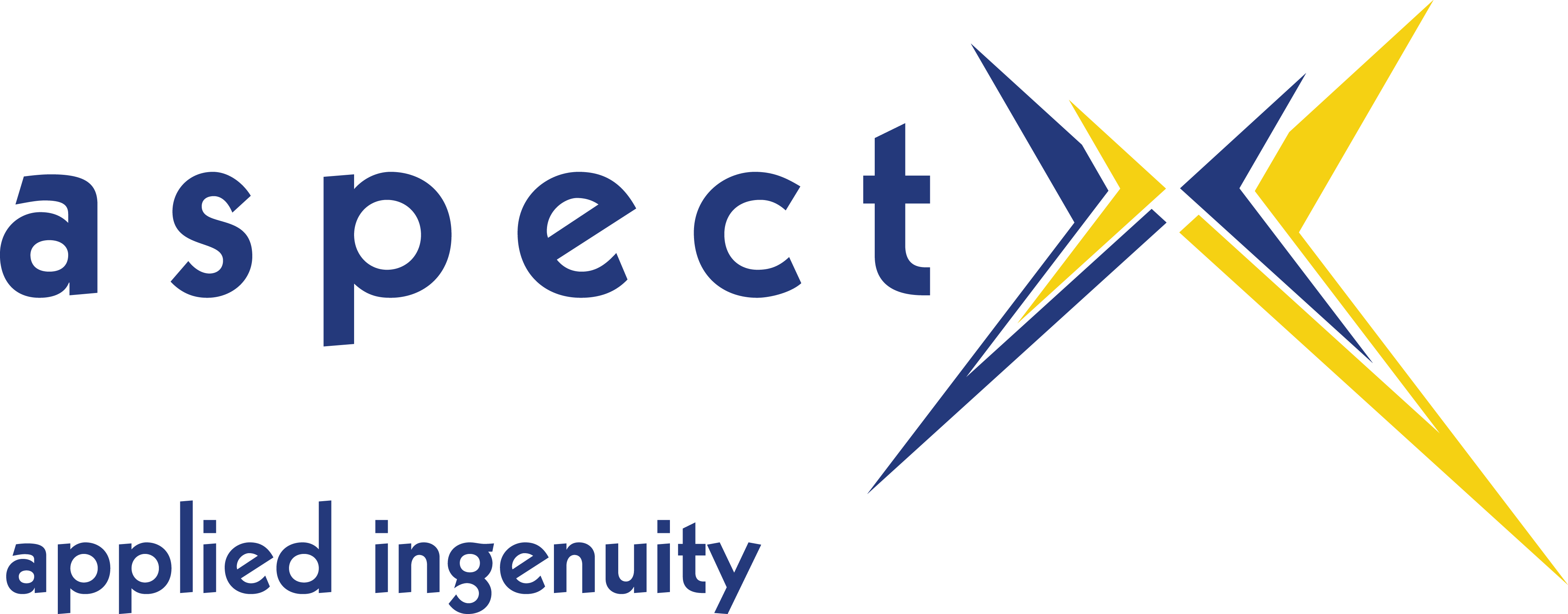Takeaway: Healthcare IT managers and administrators have a lot of questions and concerns about how to integrate with revenue cycle management. In this blog, we go over those questions.
CTO Chris Schremser of Zirmed has spent 11 years listening to the questions and concerns of healthcare IT managers and administrators wondering how to integrate with revenue cycle management, but mostly those days are over. As he says, “We are in the cloud now.” Software as a service defines many revenue cycle management projects, yet to date the number one question asked by a hospital IT team is: “Is this an on-premise solution?” For financial services, and eligibility products, as well as other forms of claims management — all of which make up revenue cycle management — there is no need for high integration. Zirmed recently received the highest score for online claims editing of all the measured clearinghouse services rated in KLAS’ 2010 report “Ambulatory Clearinghouse: Loaded Results and Broad Choices for Providers.”
The Cloud and patient eligibility correlate to success
Even three years ago, Zirmed lost deals because they were a cloud-based solution, but hospitals and other physician specialties are now going along with the cloud model. Take Norton Healthcare, which is a hospital system and owns physicians, in Kentucky, which recently moved over its claims transactions in a painless process overseen by Schremser. “The single most important technology used by medical practices is the tool used to check patient eligibility,” reported LarsonAllen in the recent national study titled “The Impact of Technology on the Physician Revenue Cycle.” “While nearly all medical practices check eligibility manually or electronically, high-performing practices check this information each visit and utilize technology (either their practice management system [PMS] or a clearinghouse [CH]) to achieve timely, accurate results.”
Coming soon: More security
HIPAA transformed HIT from proprietary system solutions to straightforward x12-based exchanges. Send me an 837 (ANSI ASC X12N 837 Health Care Claims) and we are good to go is the song. The next step in IT at the hospital and clinical level is to deal with specific collection compliance from health plans and direct from patients, moving the universe of IT professionals to tokenization. Here’s my identifier for a stored credit card. Tokenization is a new security technology that received acclaim in the recent RSA Conference and is expected to last.
For example, Protegrity USA, Inc. launched Protegrity Data Security Platform 5.5 this month, a comprehensive enterprise security management solution that protects sensitive customer data residing in applications, files, and databases. Regulatory requirements, including HIPAA, and the Privacy Act have guided hospitals in securing their sensitive data, but regulations show in new costs and processes. According to a recent Ponemon Institute study titled “The True Cost of Compliance,” the cost of achieving regulatory security compliance is on average $3.5 million each year with companies paying $9.4 million a year for noncompliance-related problems.
Stepping up to practice management and patient exchanges
The step after revenue cycle management for those after government dollars is to line up for practice management leading to a full electronic record. EDI is a way of life, and companies like Zirmed, Gateway EDI, and others are prepared with real-time eligibility and access into the clinical channel. Something as surfacely simple as patient statements away from snail mail and into a secure portal for viewing has created the beginning of the conversation around greater security.
While there is a thinking that competition in the revenue cycle management chain has escalated, this need for security within the cloud has created industry investment. Interest in the space, as well as acquisitions, has caused institutional investment as in the case of Accretive Health Inc. (NYSE:AH), which jumped 45% in this type of investment in December 2010 alone. The company states that typical hospitals see 400-600 basis points of improvement in operating margins by the end of a contract term.
Still Schremser at Zirmed sees that the future for revenue cycle management is trendspotting. The name of the game is healthcare analytics that can predict health trends — those are benefits expected by a holistic society perspective. And, Zirmed has responded in the last year with an introductory package. Right now, it is a workflow tool that identifies at-risk payments, but the future is in the larger equation of healthcare insurance exchanges and health data exchanges. There is tremendous opportunity to process efficiencies for patients through the health information exchanges being built under the HITECH funding.
Claims may have become yet another commodity business, but the future is in predicting in the moment what is needed for patients. Look for discussions on this at the 2011 Annual HIMSS Conference & Exhibition, February 20-24, 2011, in Orlando.
